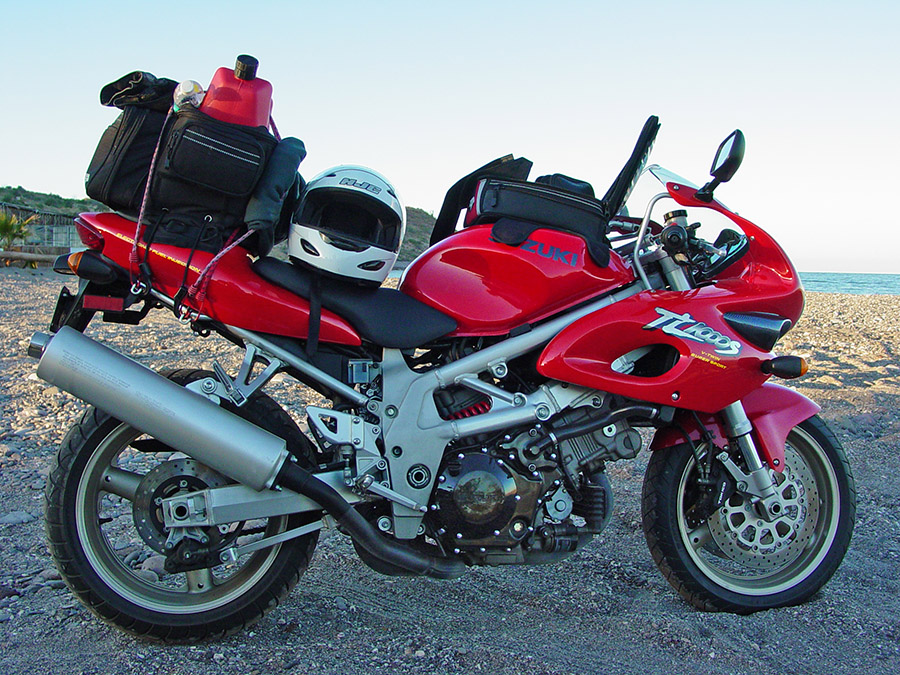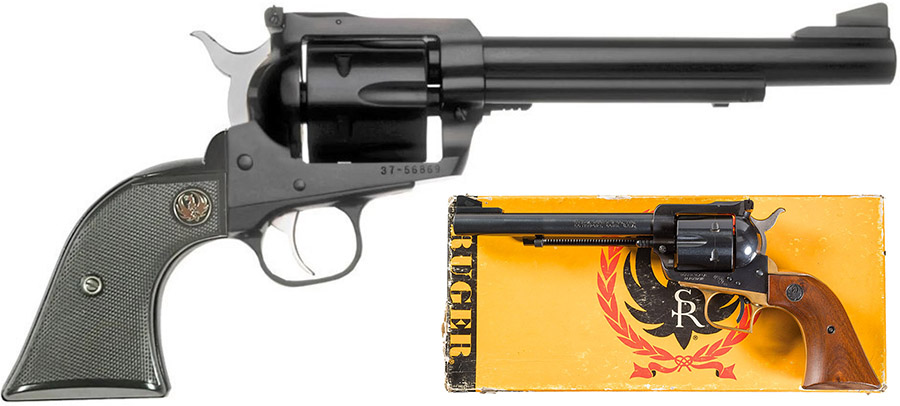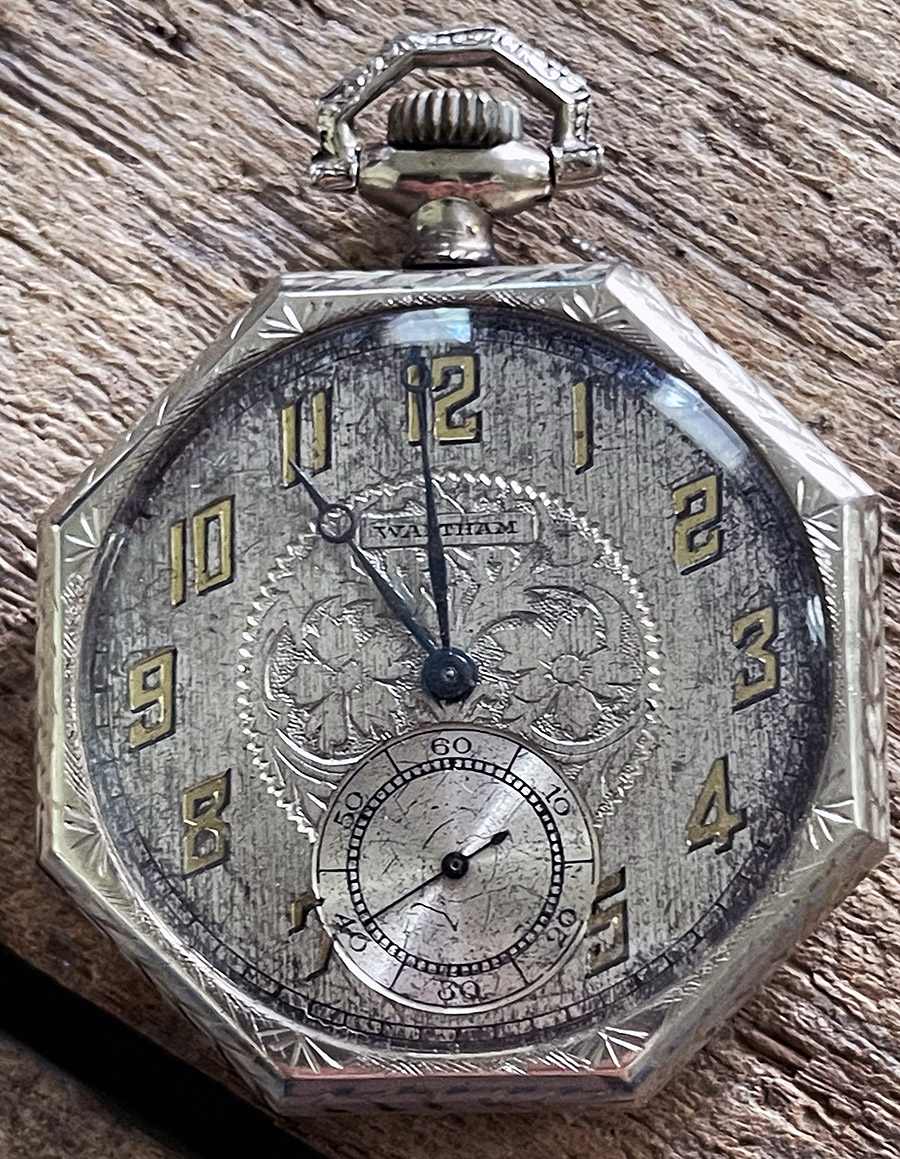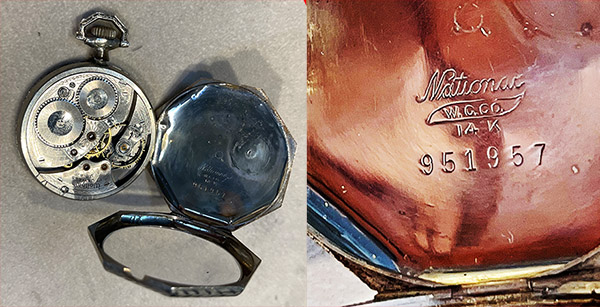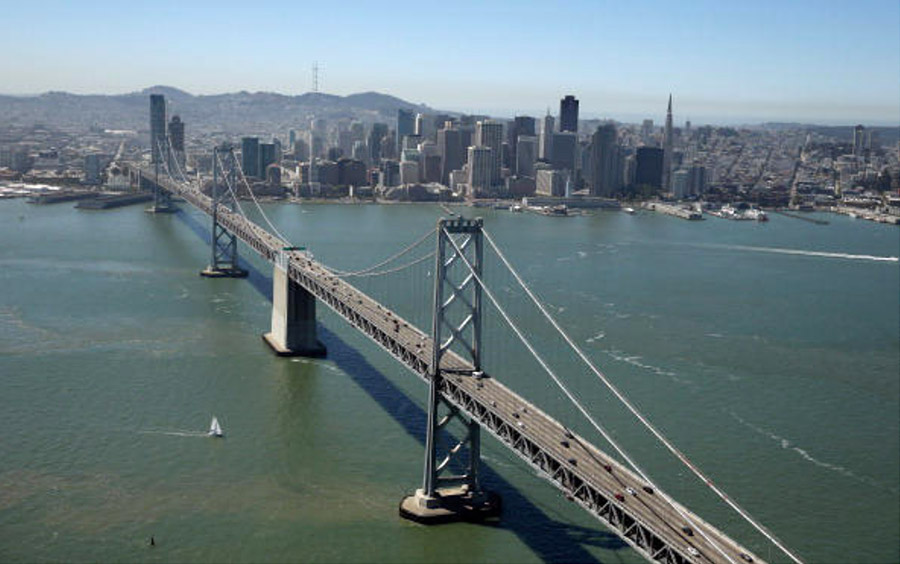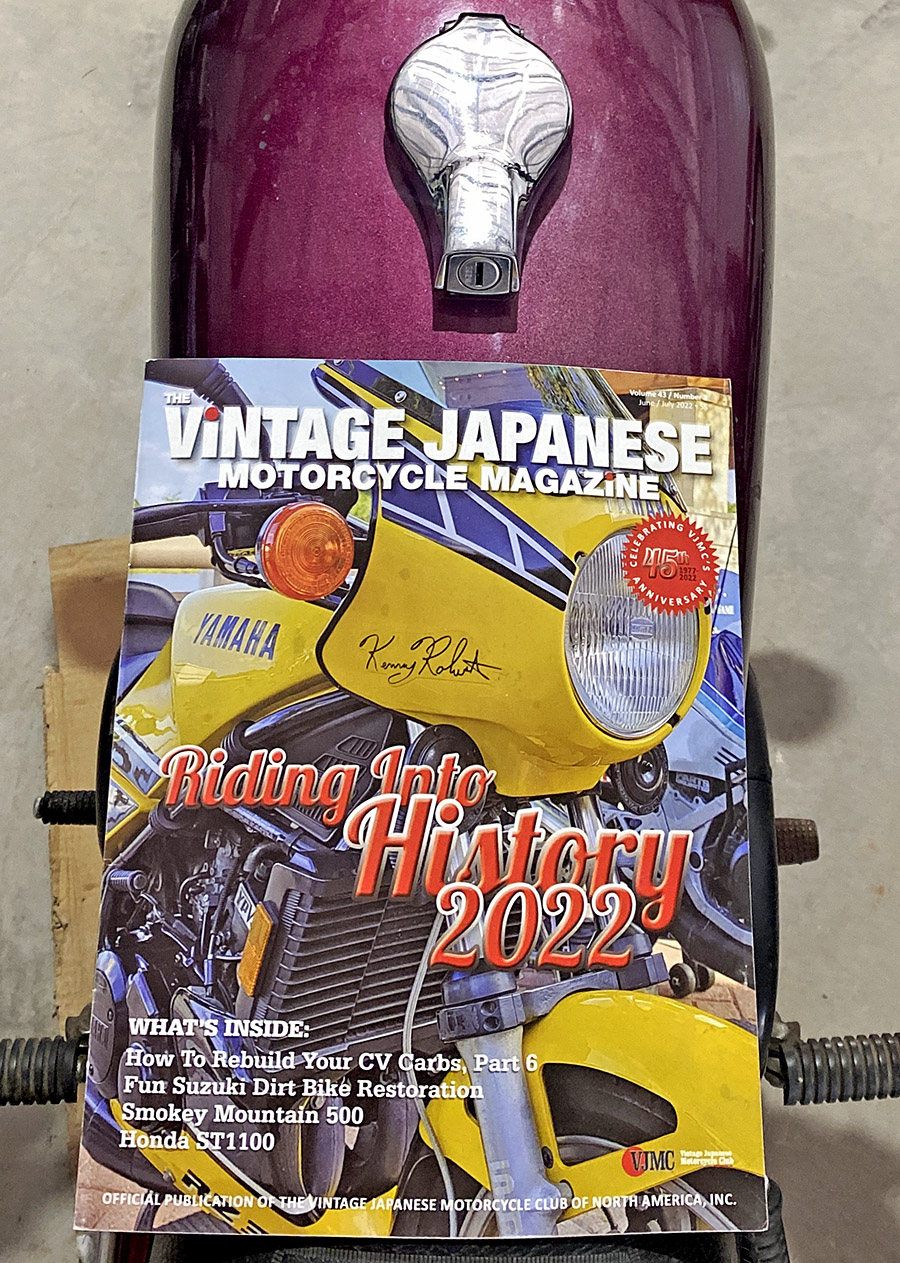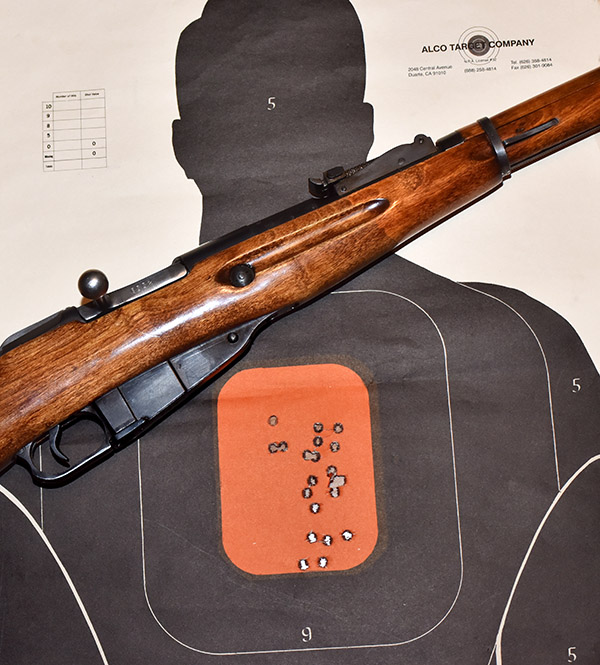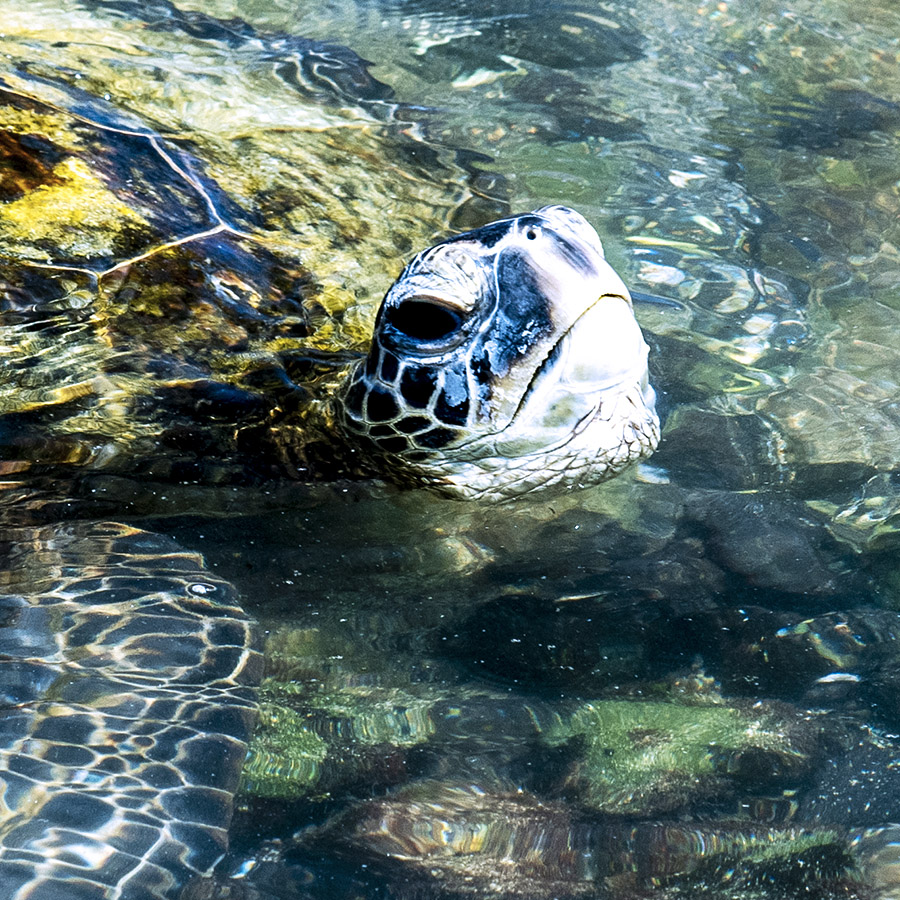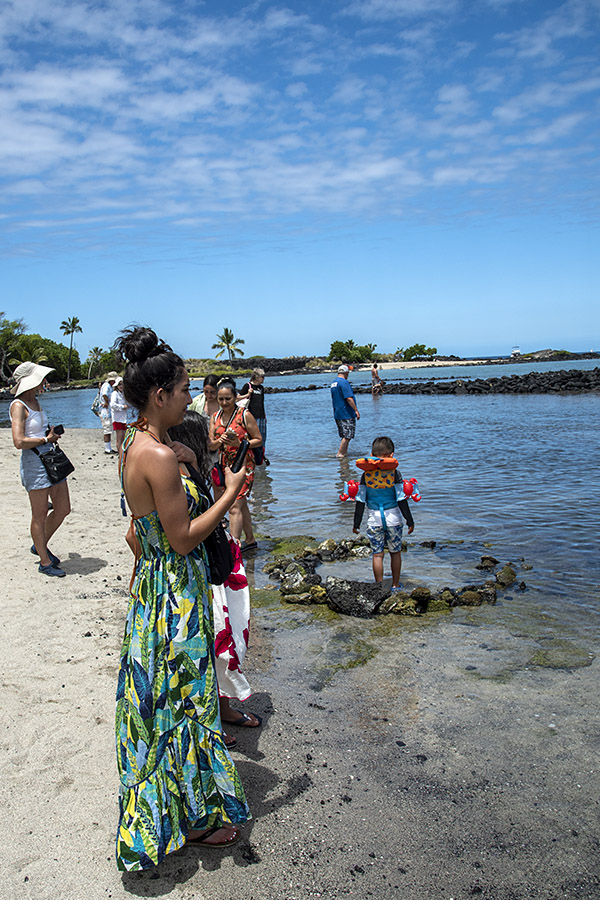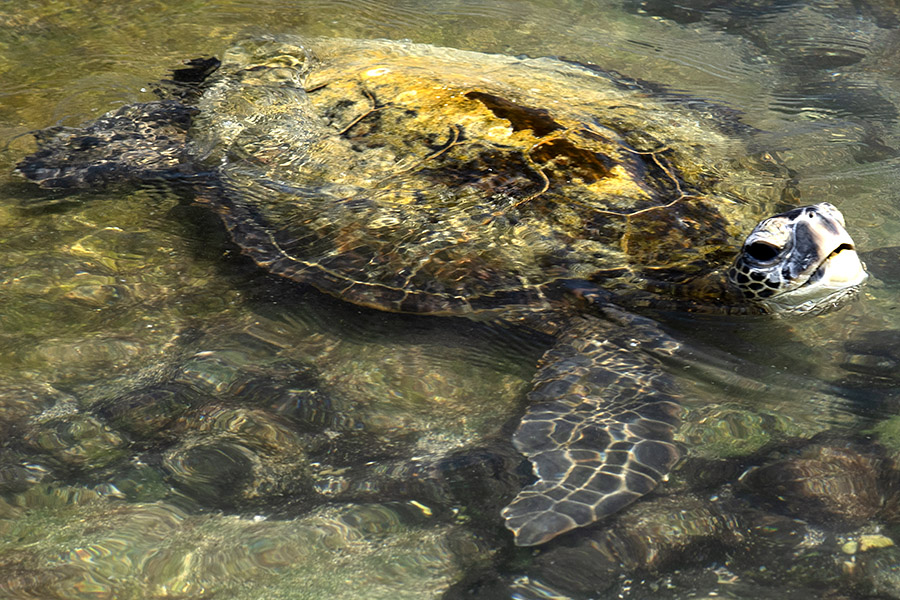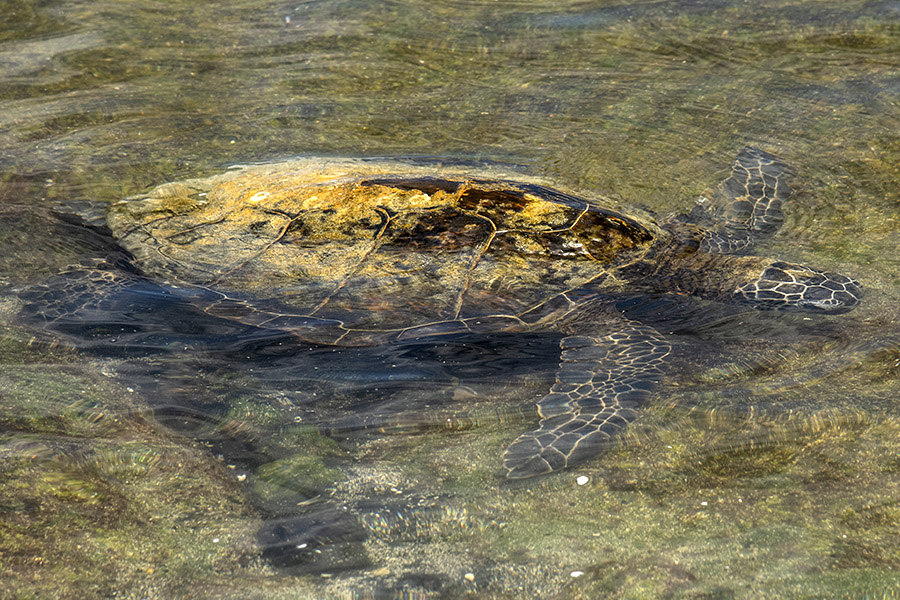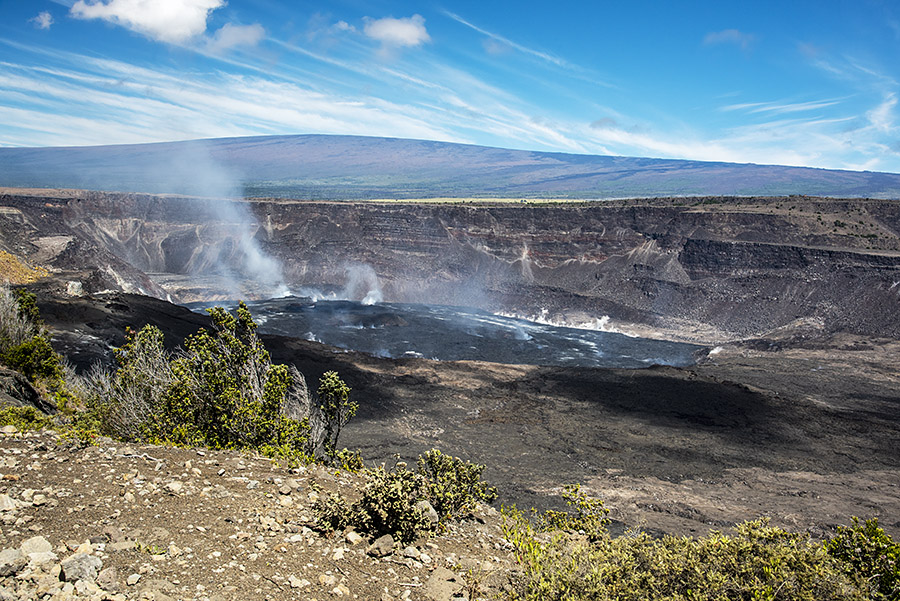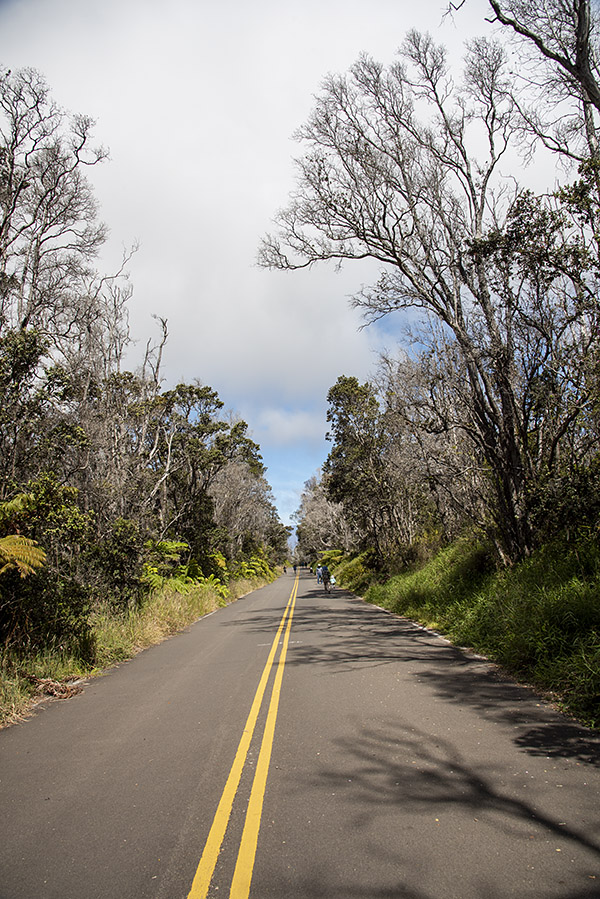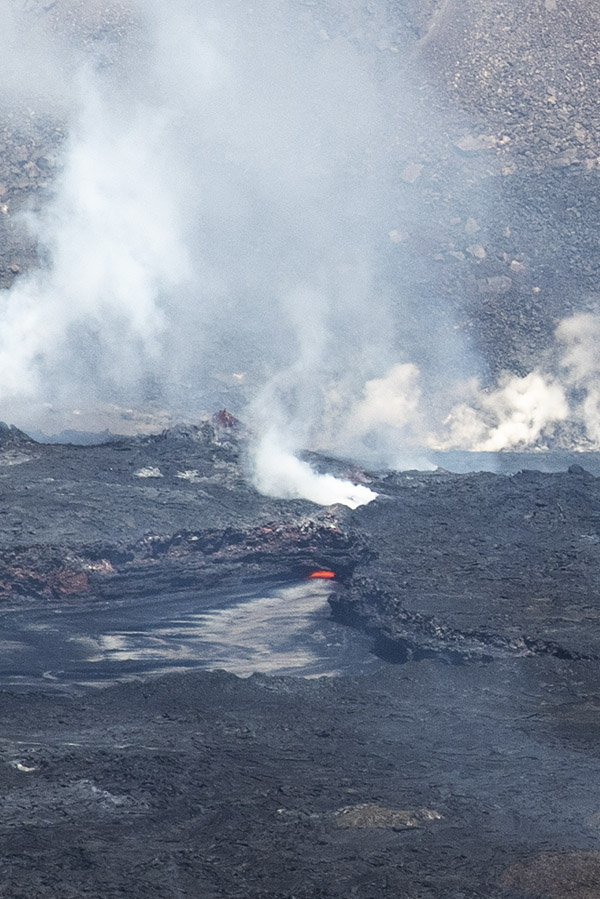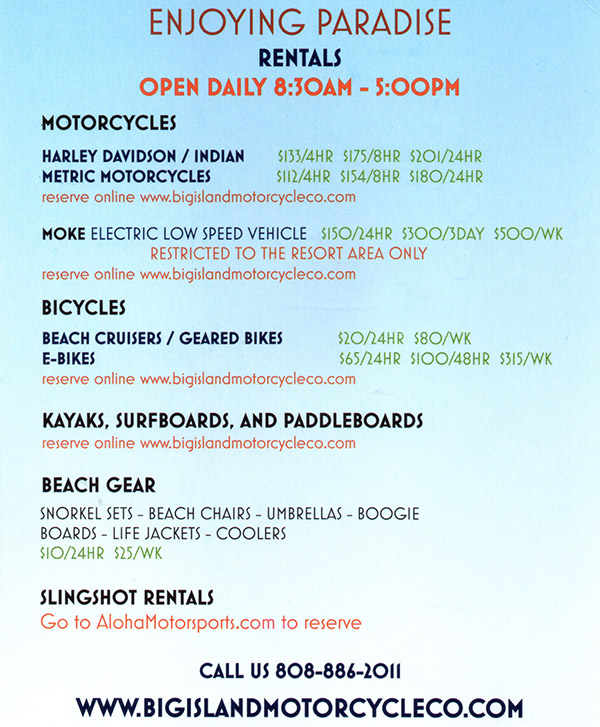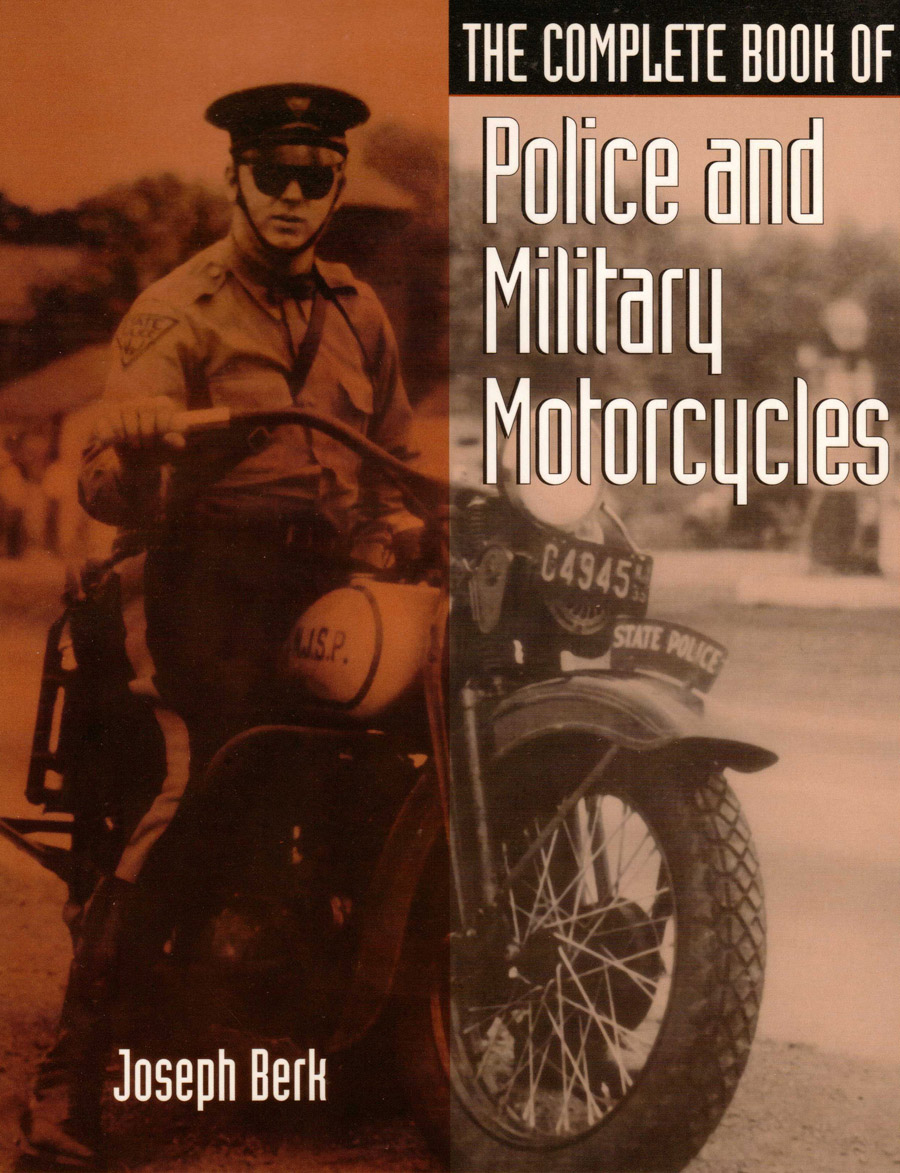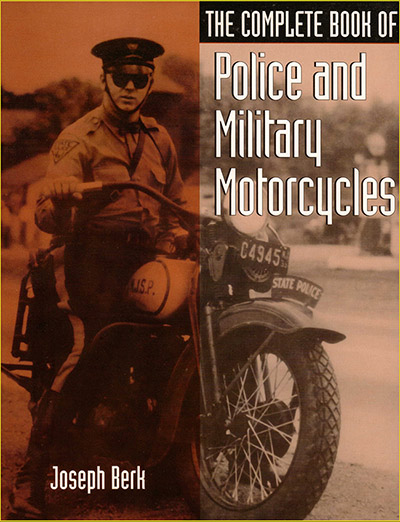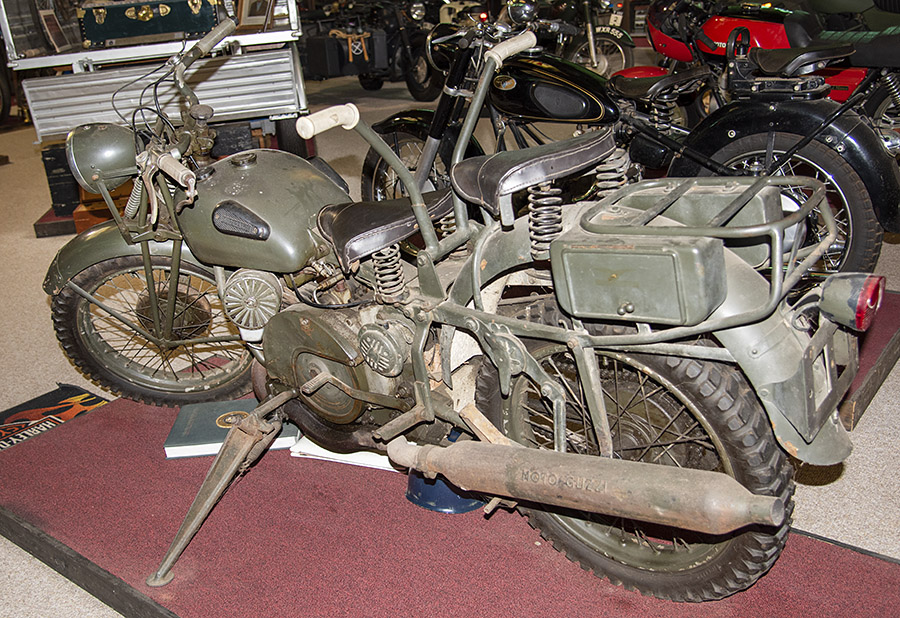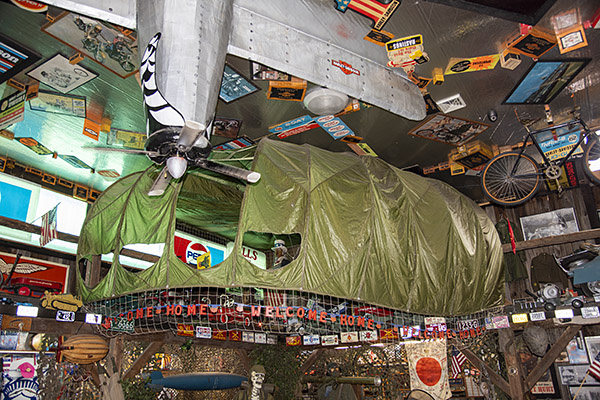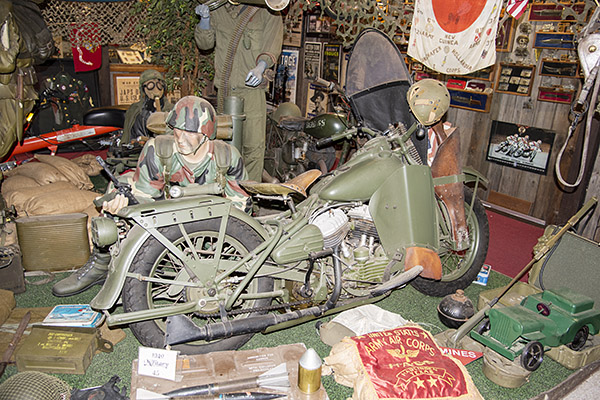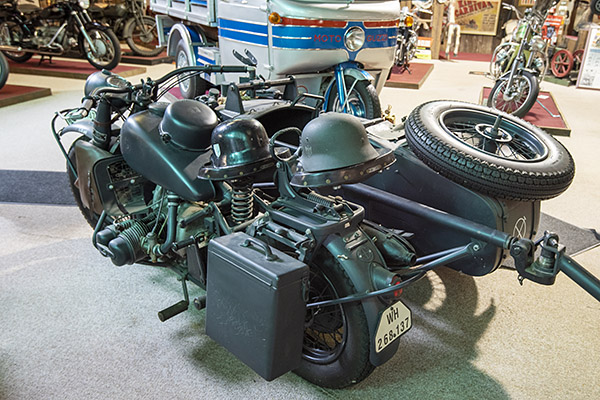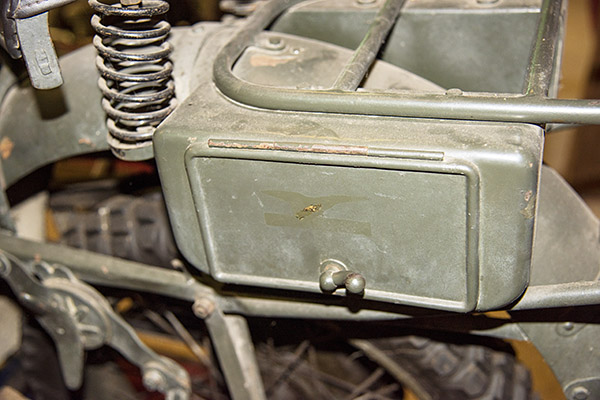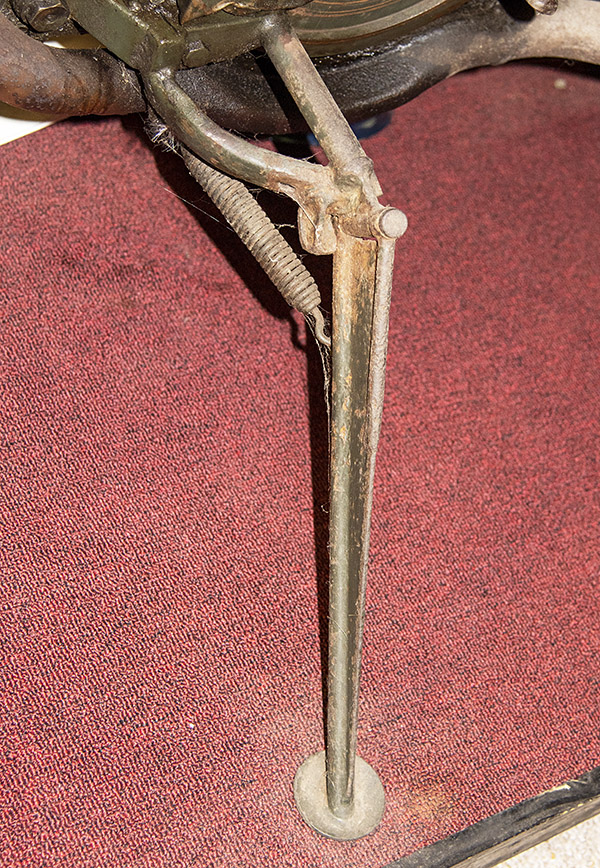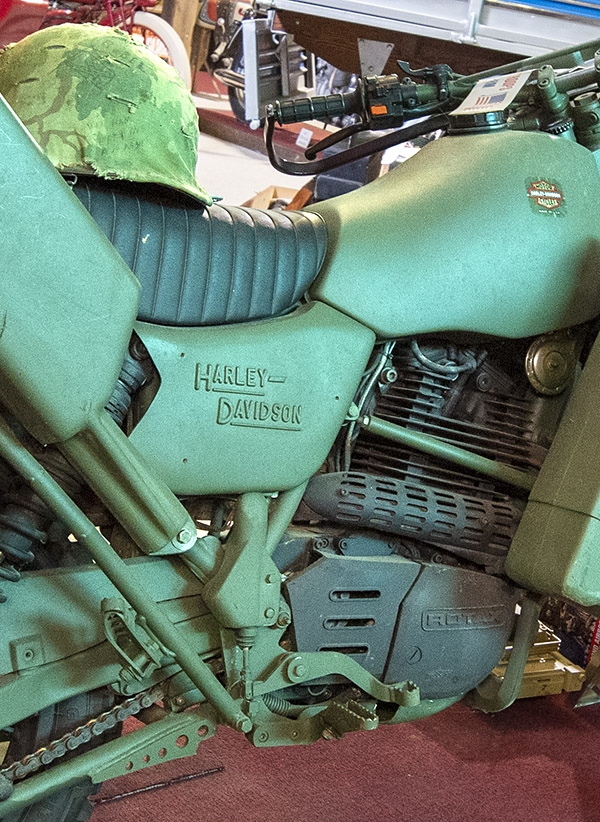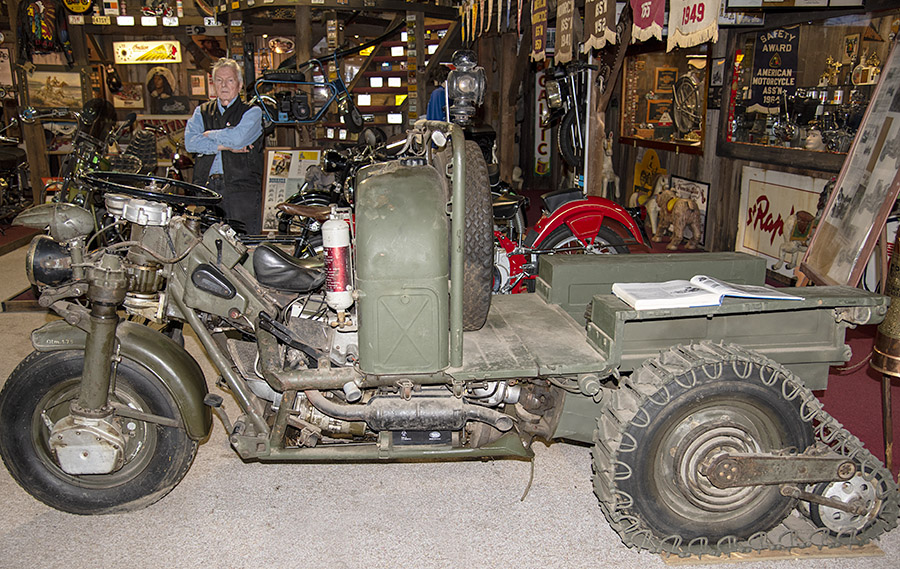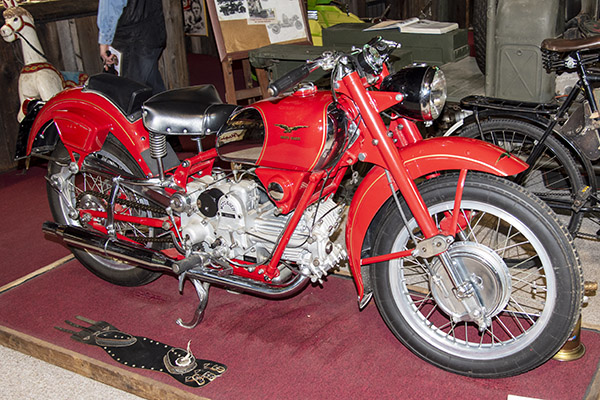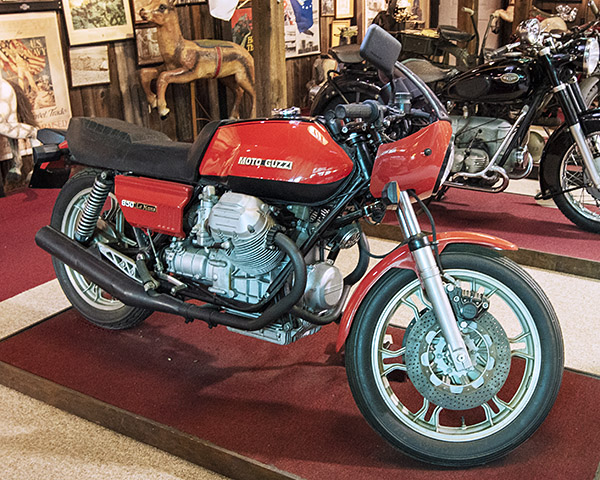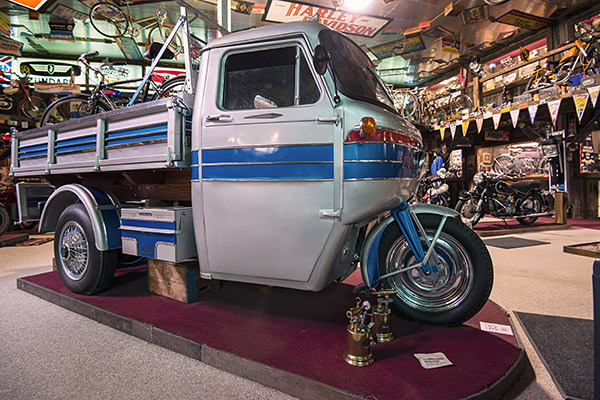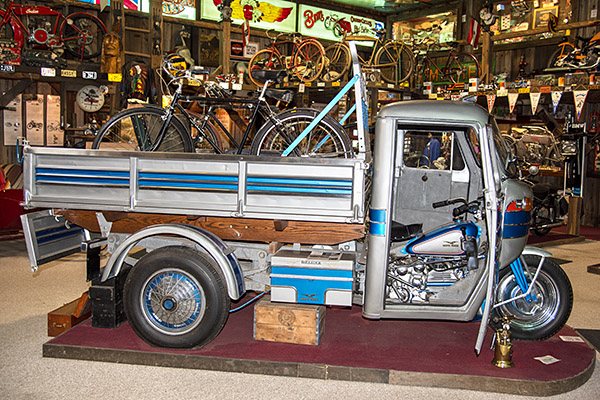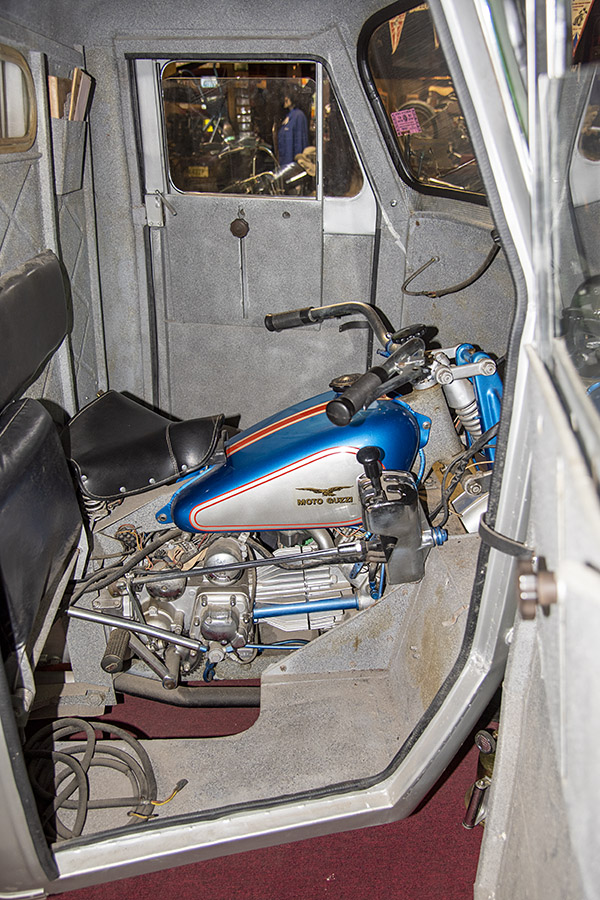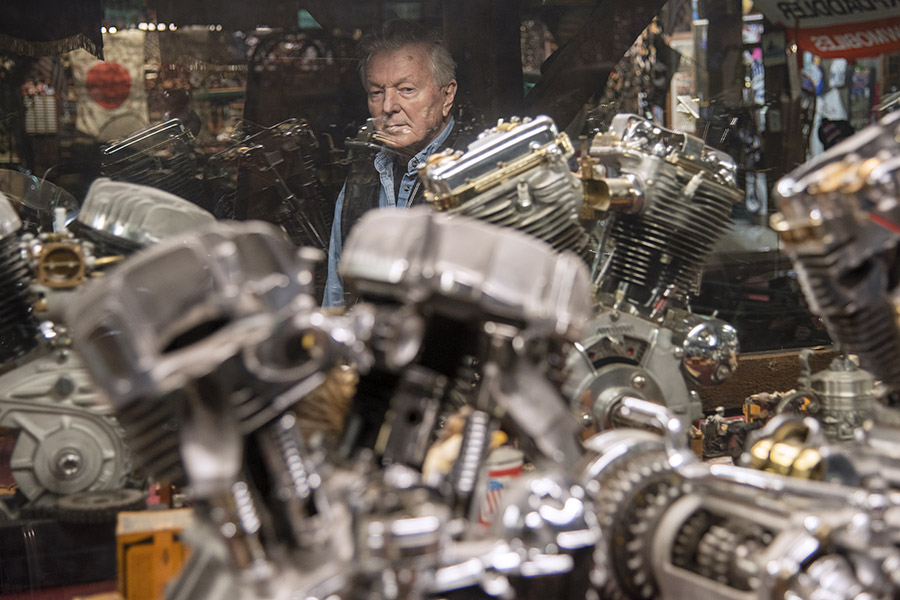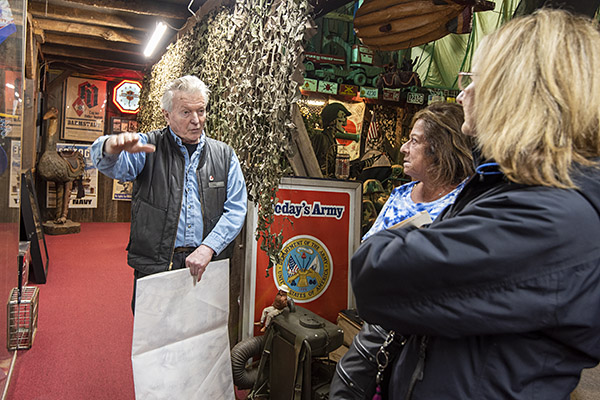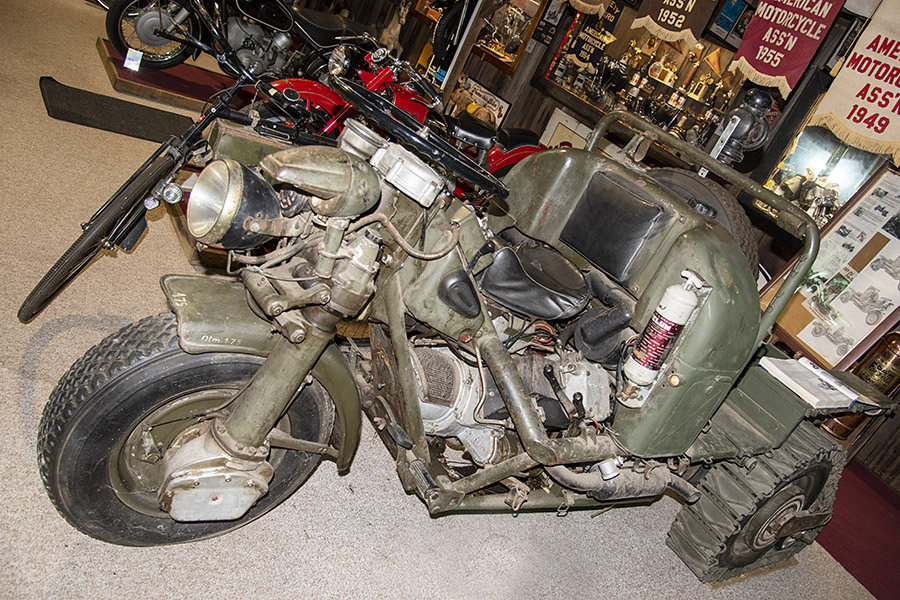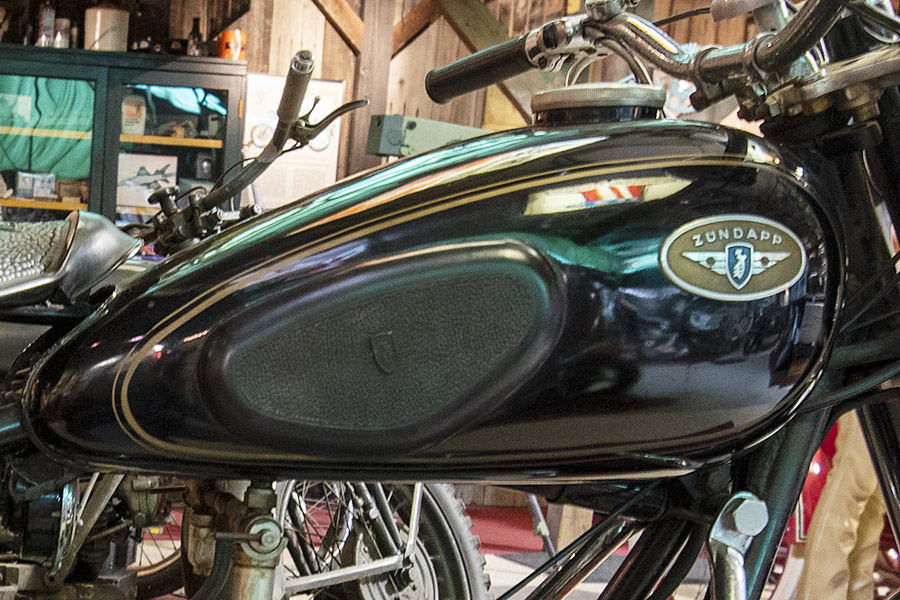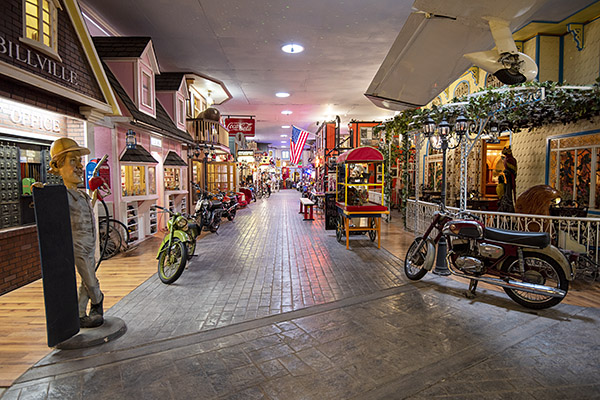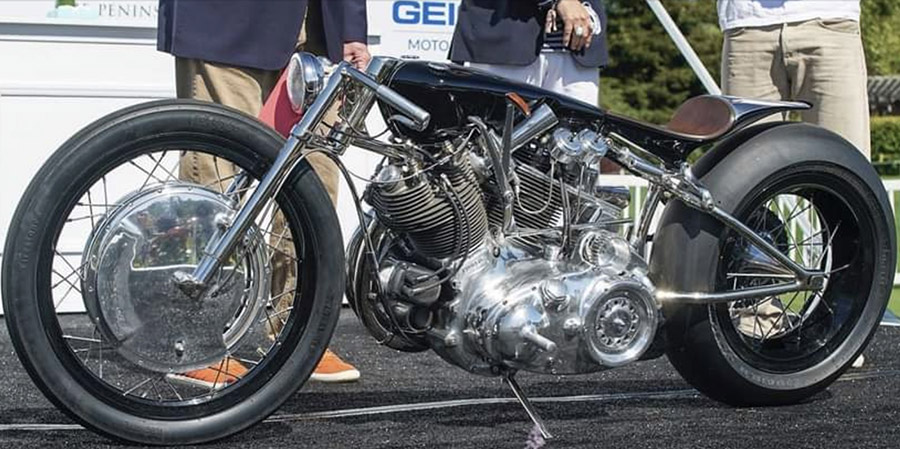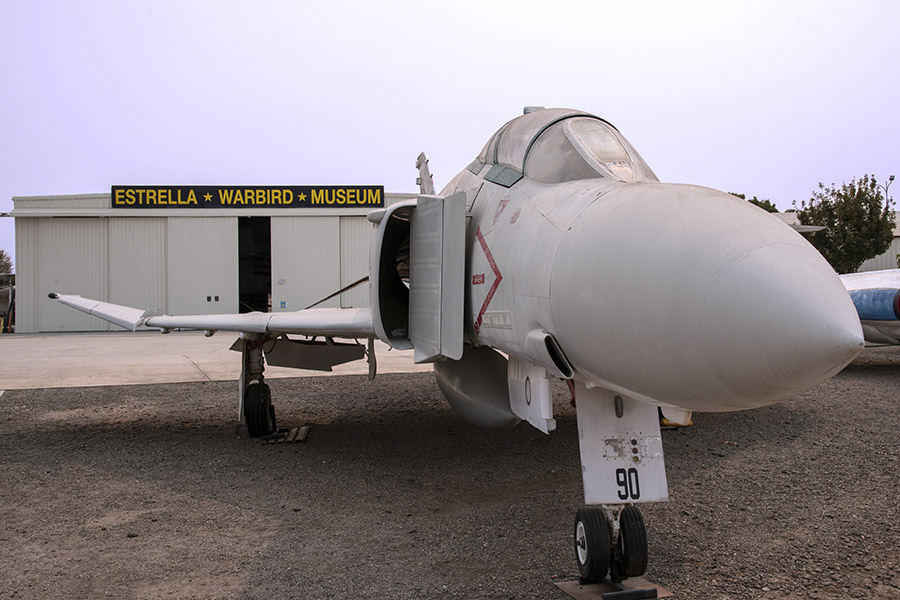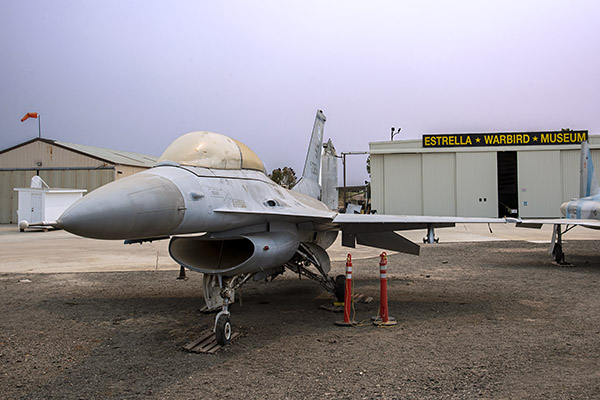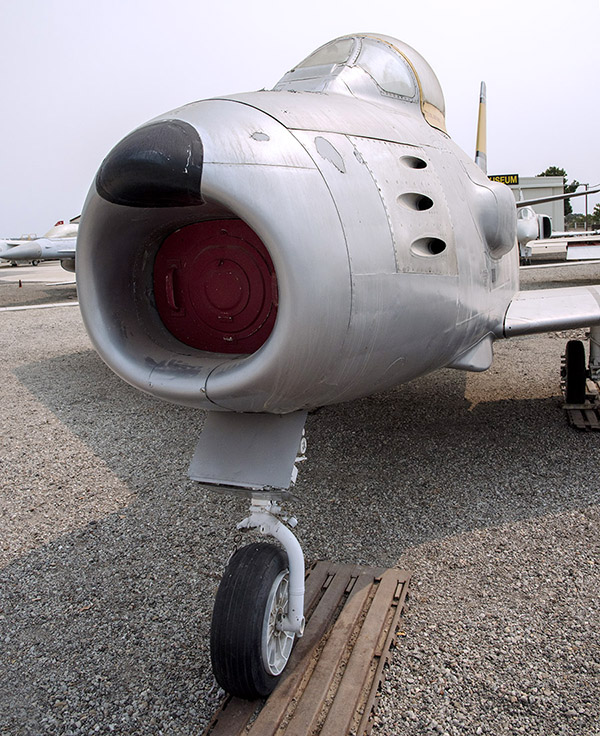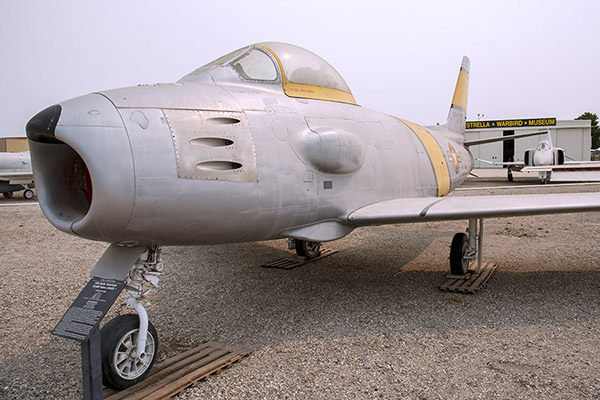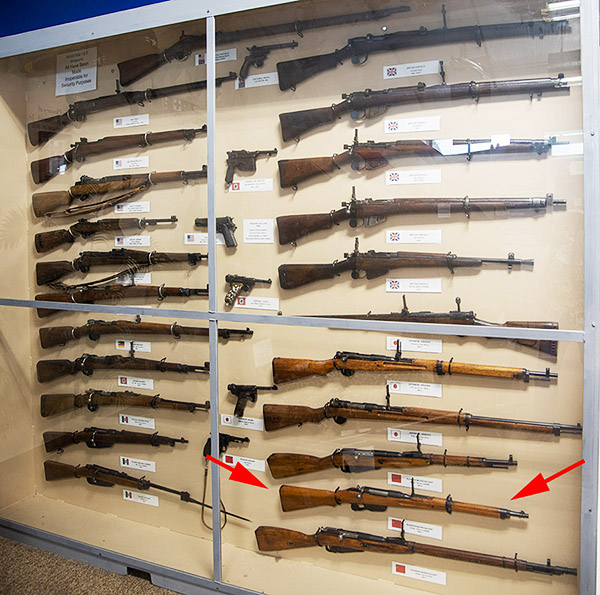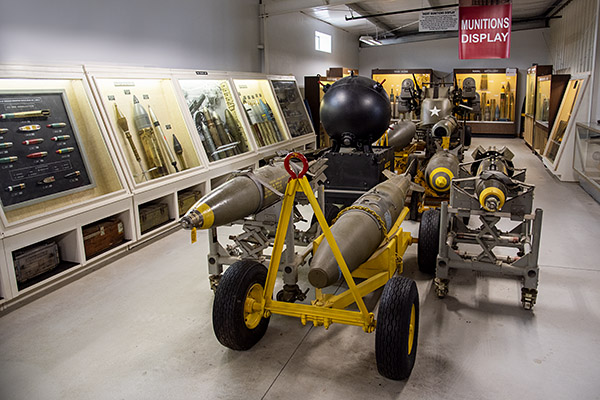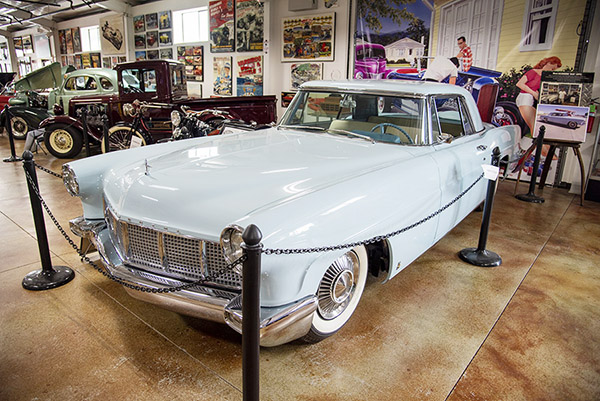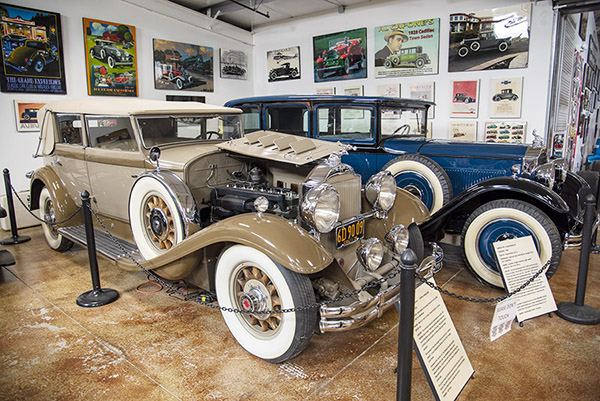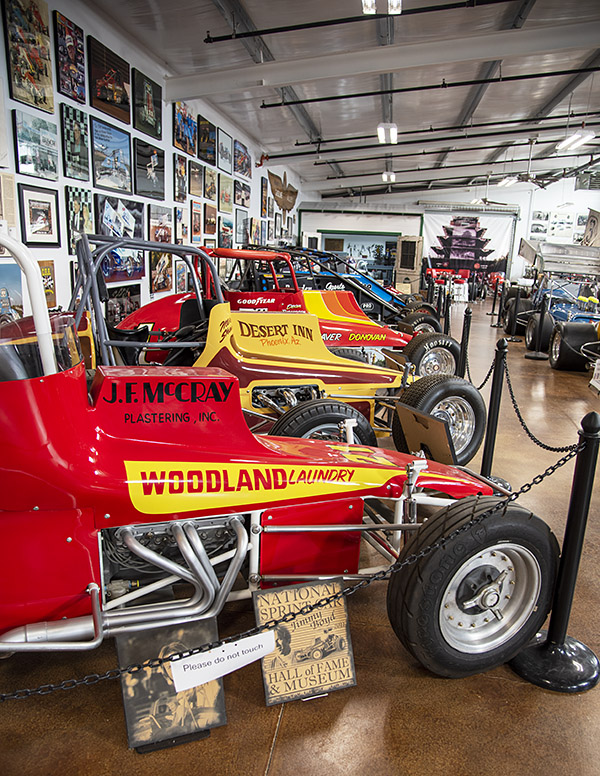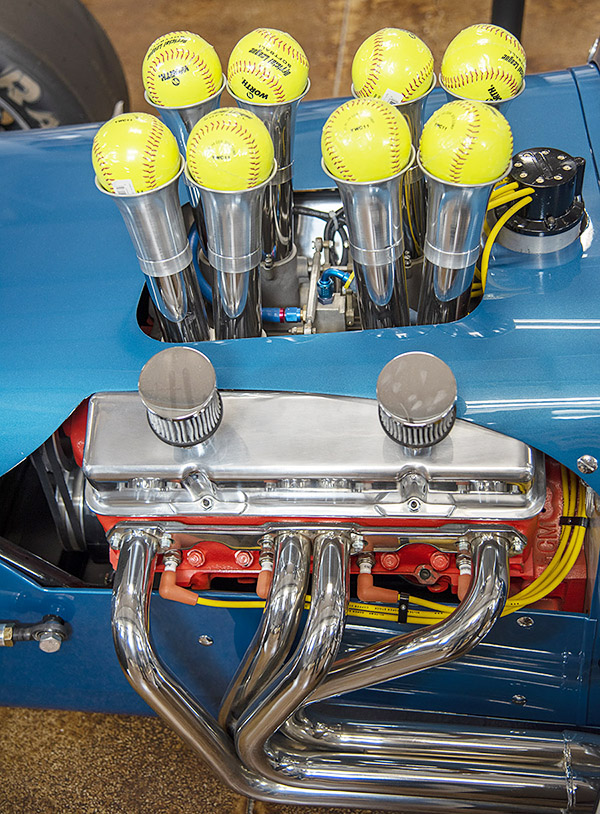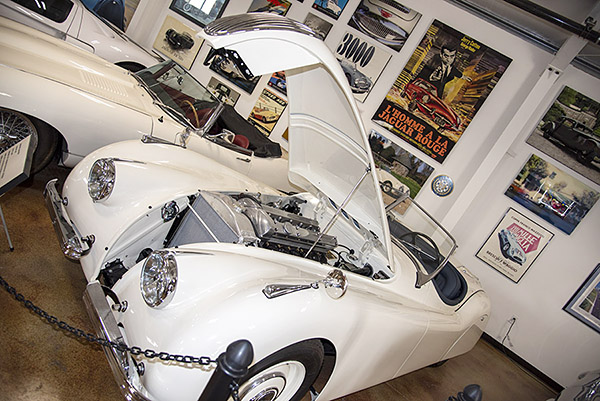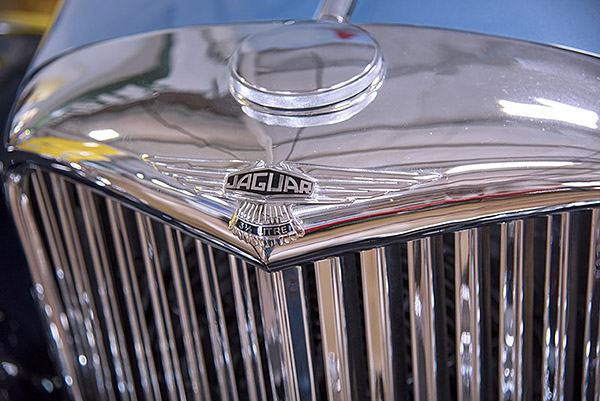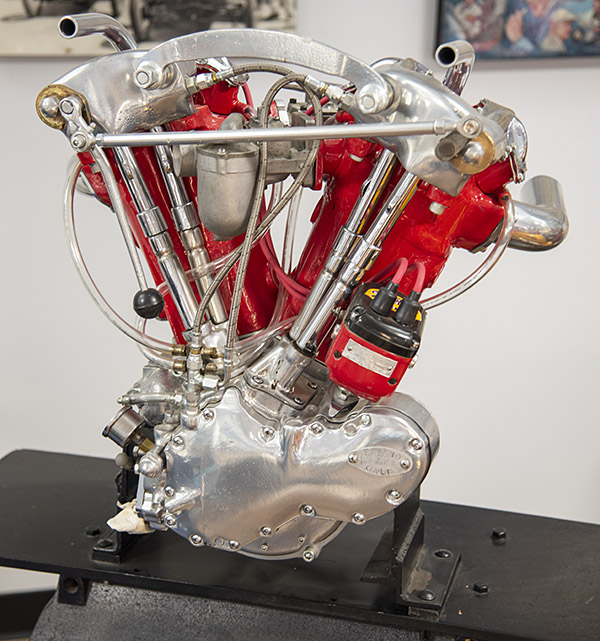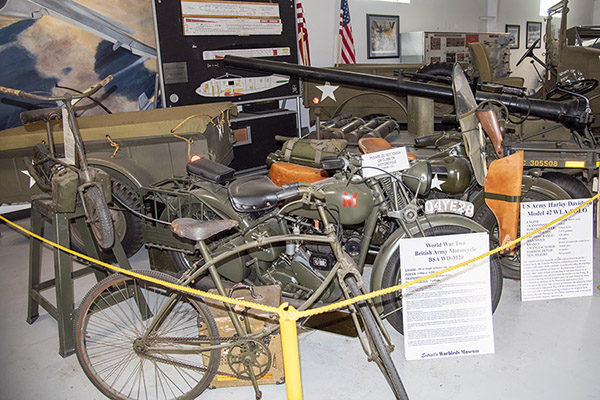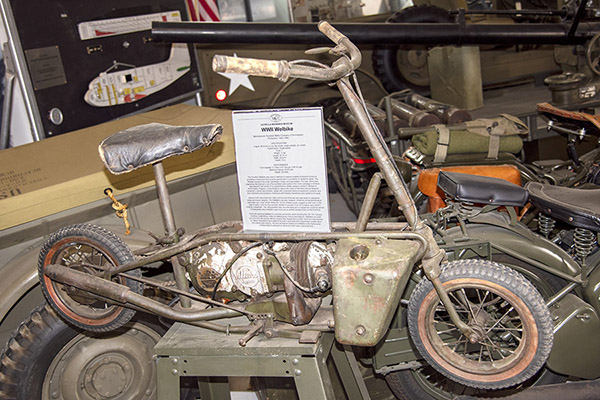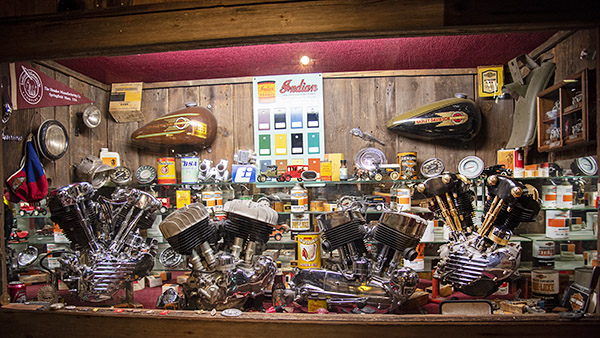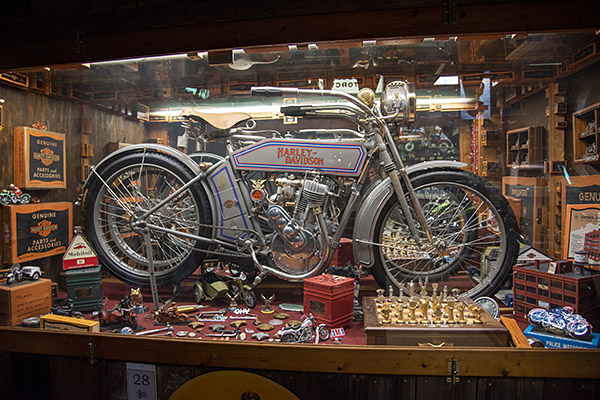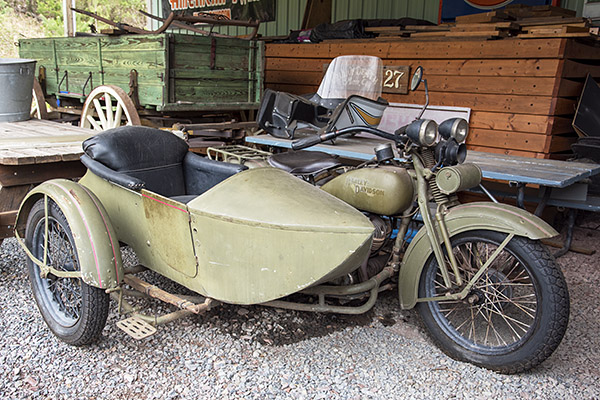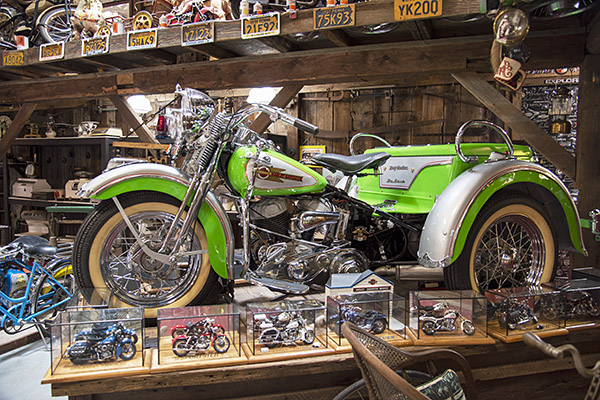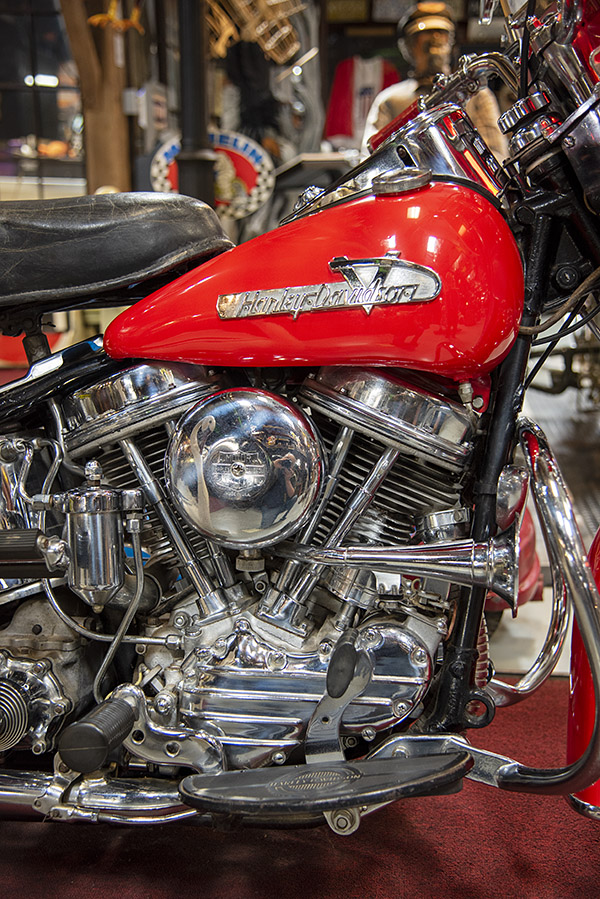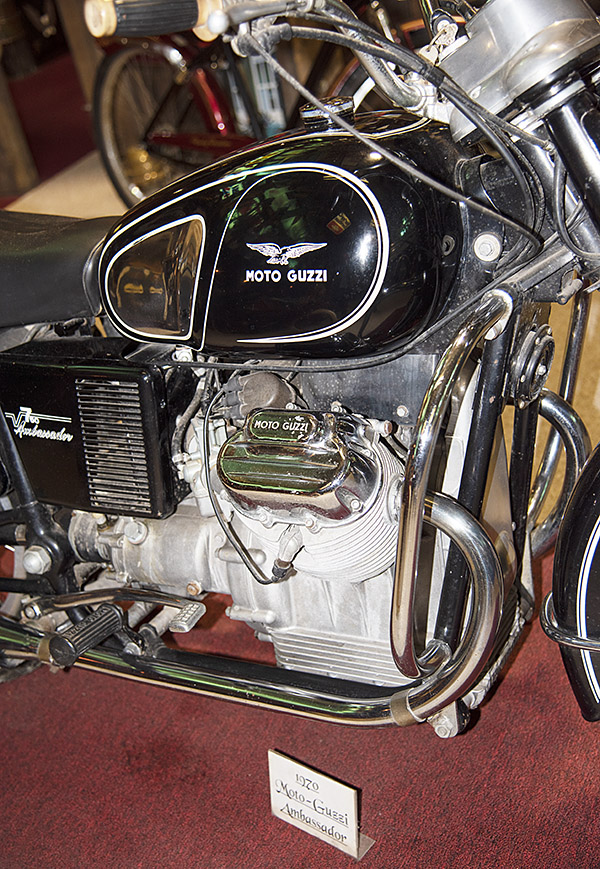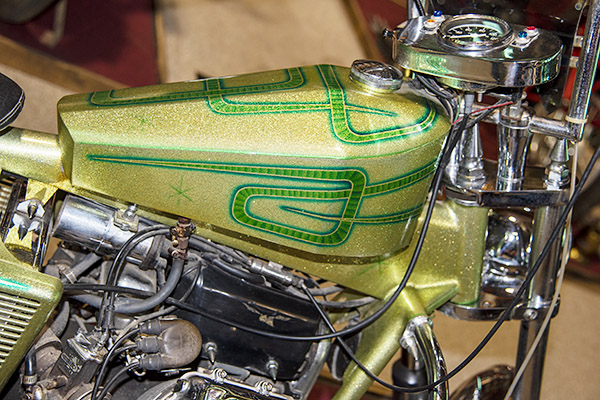The year was 1997 and the Ducati V-twins had been dominating magazine covers for years. Not to be outdone, two Japanese manufacturers produced similarly-configured V-twins (actually, L-twins). Honda had the SuperHawk, and Suzuki the TL1000S. I’ve always liked Suzuki better, so I went with the TL1000s. Suzuki offered the TL in two colors….a forest green with red accents; and bright red with yellow accents. For me, it had to be red.
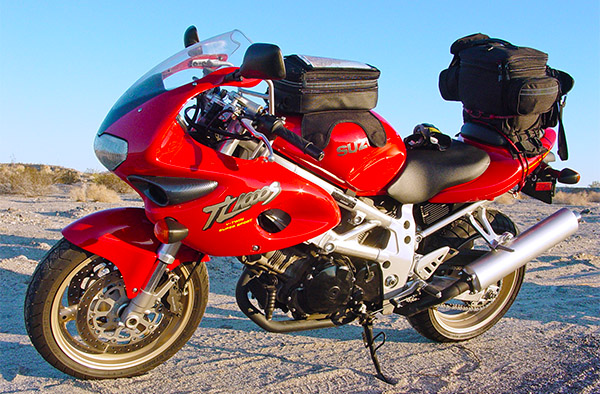
I bought my TL at Bert’s in Azusa. If I recall correctly, I negotiated the guys down to $8700 out the door, and part of that was a Yamaha 650 twin I traded in. I had bought the Yamaha used from a guy in a course I taught at McDonnell Douglas, thinking the Yamaha would be like my old Triumph Bonnevilles but reliable. The Yamaha was a bust. It was too heavy, it had cheap fasteners, the Hopper/Fonda riding stance was awful, it didn’t handle, and it lacked the low-end grunt of my earlier Triumphs.
I remember riding the TL home from Bert’s. The riding was awkward with the bike’s low bars and high footpegs, but I got used to it and I made it less punishing with a set of Heli-Bars. The Heli-Bars were slighly taller and wider (you got about an inch more in each dimension, which made a difference).
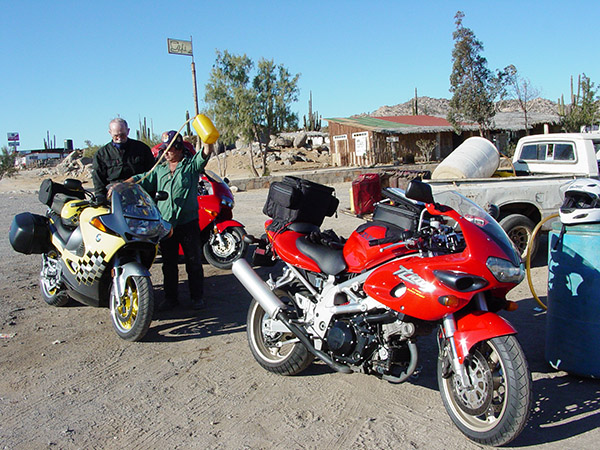
The TL was the fastest and hardest accelerating motorcycle I ever owned. It would wheelie in third gear if you weren’t paying attention, and it went from zero to 100 in a heartbeat. The bottom end torque was ferocious. Fuel economy was atrocious, and it had a tendency to stall at low rpm. But wow, did it ever look good. Did I mention it was fast?
My friend Marty had an Aprilia V-twin (a Mille, I think, or something like that), another bit of Italian exotica, that cost even more than the Ducati. Marty’s spaghetti-bender was more than twice what I paid for my TL. We swapped bikes once on a day ride and I came away unimpressed. My TL was faster.
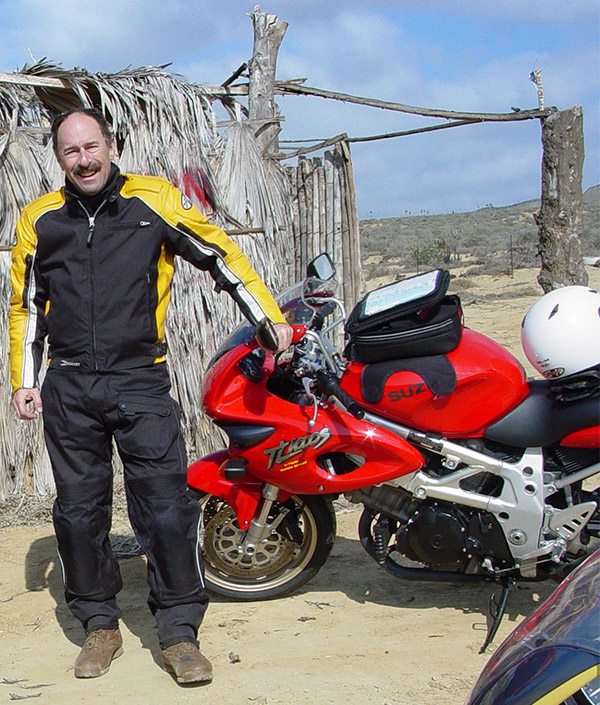
I wanted the look of a sport bike, but I’m not a canyon racer and the exotic look didn’t do anything for me once I had ridden the TL a few times. Then something funny happened. My Harley died on a Baja ride. I nursed my Harley home, parked it, and took the TL. Surprisingly, it did a good job as a touring platform. And I could ride at speeds the Harley couldn’t dream about. In those days, if there were speed limits in Baja, I didn’t know about them.
That first big trip on the TL instead of the Harley cinched it for me. I bought sportsbike soft luggage and used the TL on many rides after that. 700-mile days in Baja became the norm (I could make Mulegé in a day; the TL wouldn’t break a sweat). The only downside was the abominable fuel economy (the fuel light would come on after 105 miles), but a one-gallon red plastic fuel container and a bungie cord fixed that. It was Beverly hillbillies, but it worked. Not that there’s anything wrong with being a hillbilly (somebody’s got to shoot those road signs).
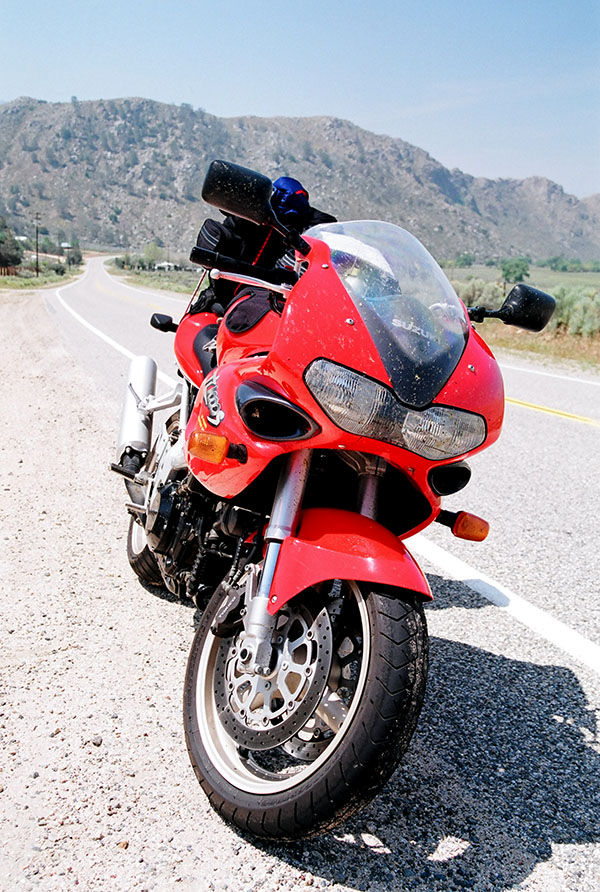
Even with the TL’s mid-30-mpg fuel economy, I only ran out of fuel twice. Once was on the Bodfish-Caliente Road (one of California’s best kept secrets). I didn’t have my gas can with me; Marty rode ahead and returned with a gasoline-filled water bottle he hoped wouldn’t dissolve (it didn’t). The other time was on Baja’s long stretch headed south to Guerrero Negro. That road runs straight as an arrow, and I ran the TL at a surprisingly comfortable 145 mph (still well below the TL’s top speed). The TL was fuel injected and when it ran dry it was like someone shut the ignition. I poured my extra gallon in and made it to the next Pemex station. The guys I rode with were still far behind.
I had fun with the TL, but I dropped it a lot more than any other bike I had ever owned. All the drops were my fault. The low-mounted sport bars restricted steering, and once when pulling into my driveway, there wasn’t enough to keep the bike upright. Before I realized it, the bike and I were both on the ground (my first thought was to wonder if anyone had seen me). The next time the bike was in my driveway, facing slightly downhill. I started it to let it warm up, and the bike rolled off the sidestand. Again, my first thought was if anyone had seen me. The third time was more dramatic. The TL had a slipper clutch; you could downshift with reckless abandon. The clutch would slip and not skid the rear tire. It was cool, until I used it diving hard into a corner. The curb was coming up quickly and I wasn’t slowing fast enough. The slipper clutch was doing its thing, but when I touched the front brake, that was enough to unload the rear wheel. It broke loose and I fishtailed into the curb. I went over the bars, executed a very clean somersault, and came to rest in the sitting position looking straight ahead. I had been watching the Oympics on TV the day before and I remember thinking (as I completed my dismount) I could be a competitor. A woman in a station wagon saw the whole thing. She rolled down her window and I half expected to see a sign with a 10 on it (like they do at the Olympics). “Are you okay?” she asked.
“Yeah, I’m fine,” I answered. “I’m a gymnast and I’m practicing.” The window went up and she disappeared.
I loved the looks of the TL. Yeah, the carbon fiber was faux, but I didn’t care. In those days I was running a factory that made carbon fiber aircraft stuff and I never understood the attraction. Even with fake carbon fiber, the TL was a motorcycle that looked fast. And it was.
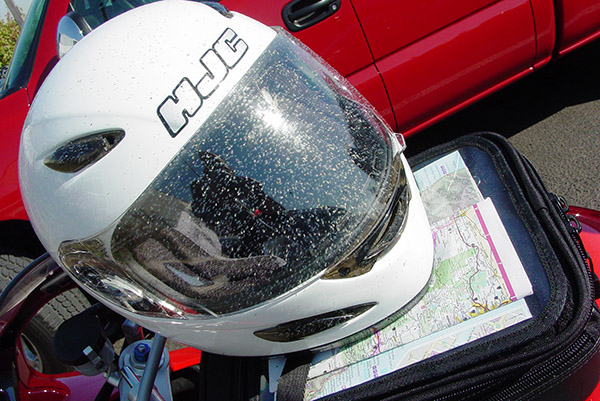
Suzuki only made the TL for a few years. Some guy in the UK killed himself in a speed wobble, the bike got an Internet rep as a tank slapper, and that killed sales worldwide. Suzuki had a recall to add a steering damper, but the damage had been done. Bert’s installed the damper on my TL, I couldn’t feel any difference , and my bike never went into a wobble (either before or after the recall). My hypothesis is that the UK guy rolled on too much throttle exiting a corner, lifting the front wheel with the bike leaned over. That will induce a wobble, you know. There was another recall to fix the low speed stalling issue. I guess it worked; my bike never had a low speed stall after that.
Suzuki offered a more radical fully-faired version called the TL1000R (I didn’t like its looks), but the TL-R didn’t survive, either. The engine, however, proved to be a winner. Today, 25 years later, a detuned version is still soldiering on in the ADV-styled V-Strom. I never owned a V-Strom, but I should have. Everybody I ever talked to who owned one loved the V-Strom. Me, I loved my TL.
Hit the pop up ads and keep us publishing!
Never miss an ExNotes blog:

